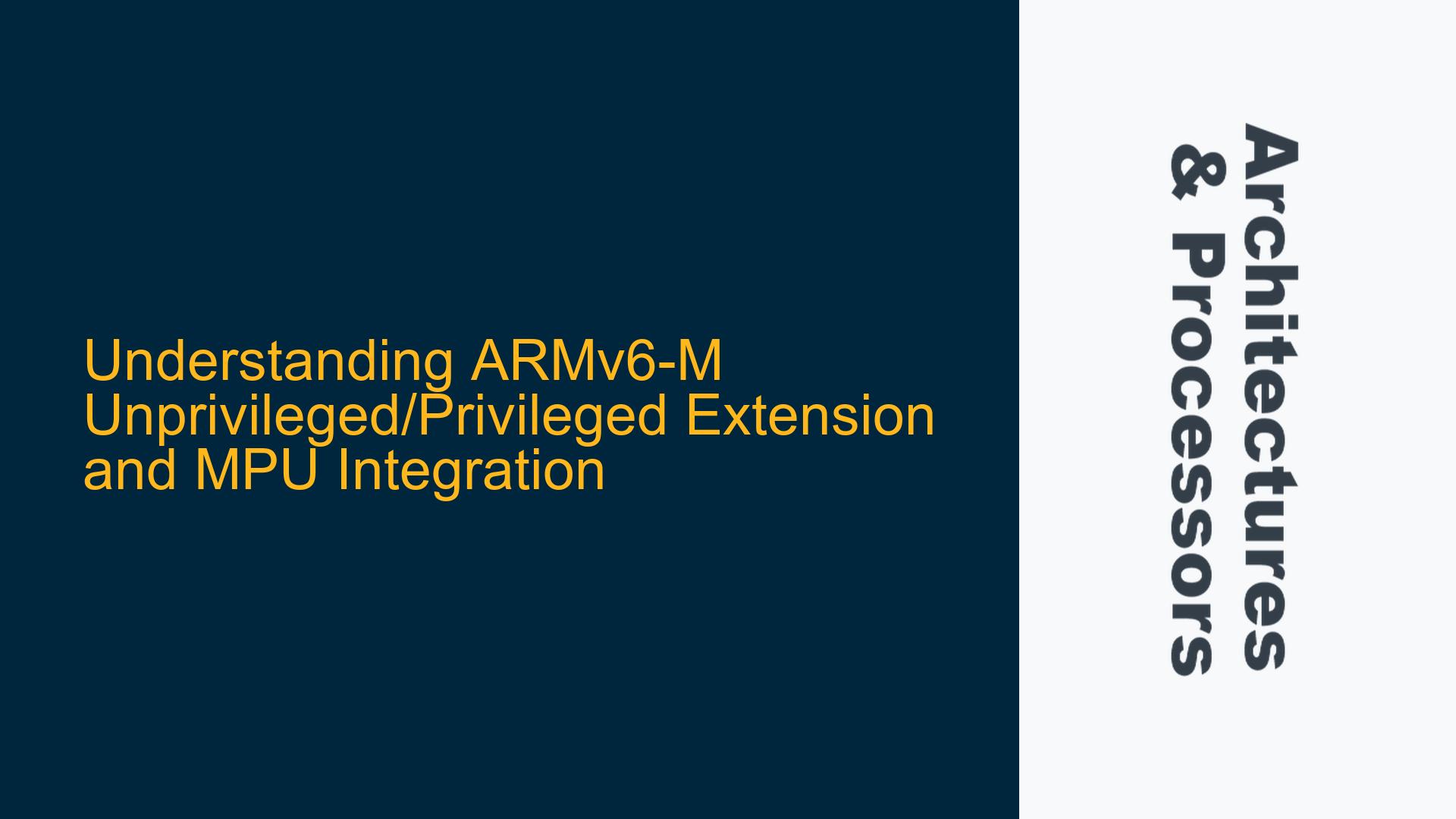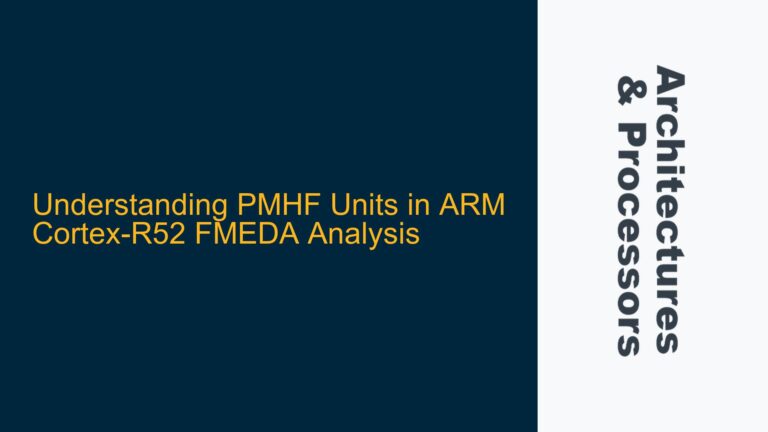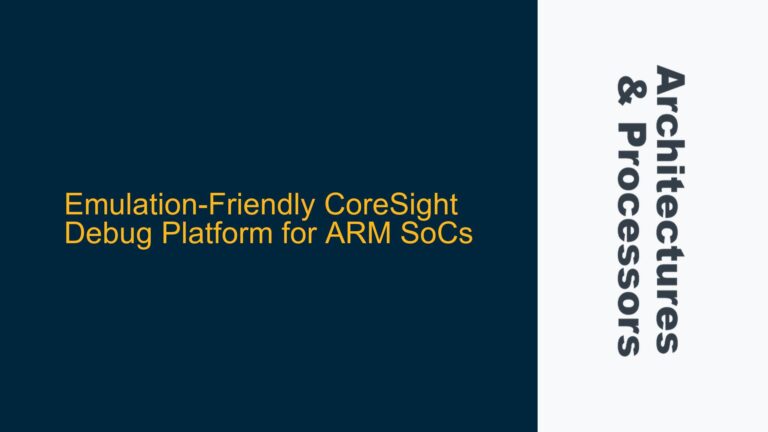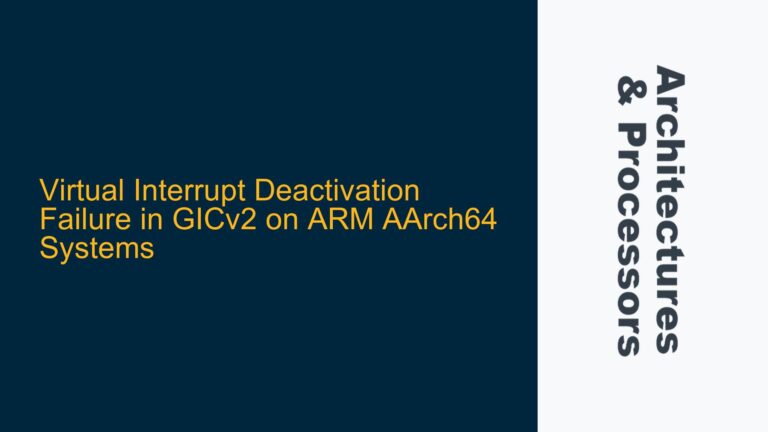ARMv6-M Unprivileged/Privileged Extension: Hardware Configuration and MPU Dependency
The ARMv6-M architecture introduces a critical feature known as the Unprivileged/Privileged Extension, which is a hardware configuration option that enables the separation of execution modes into privileged and unprivileged states. This separation is fundamental for implementing robust security and memory protection mechanisms in embedded systems. The extension is not a piece of software but rather a hardware feature that must be supported by the microcontroller unit (MCU) itself. The presence of this extension is often tied to the inclusion of a Memory Protection Unit (MPU), which relies on the privilege levels to enforce memory access rules.
The Unprivileged/Privileged Extension allows the processor to operate in two distinct modes: privileged mode, where the software has full access to the system resources, and unprivileged mode, where access to certain resources is restricted. This separation is crucial for creating secure embedded systems, as it prevents unprivileged code from accessing critical system resources or executing sensitive operations. The extension is typically configured by the silicon vendor during the MCU design phase, and its presence can be verified through the MCU’s datasheet or programming manual.
The relationship between the Unprivileged/Privileged Extension and the MPU is particularly important. The MPU relies on the privilege levels to enforce memory access permissions, ensuring that unprivileged code cannot access restricted memory regions. If an MCU incorporates an MPU, it must also include the Unprivileged/Privileged Extension, as the MPU cannot function without it. However, the converse is not necessarily true: an MCU can have the Unprivileged/Privileged Extension without an MPU, although this configuration is less common.
Identifying Unprivileged/Privileged Extension Support in MCU Documentation
Determining whether a specific MCU supports the Unprivileged/Privileged Extension requires careful examination of the MCU’s documentation. The datasheet and programming manual are the primary sources of information for this purpose. In some cases, the datasheet may include a table that lists the configuration options supported by the MCU, including the presence of the Unprivileged/Privileged Extension and the MPU. However, this information is not always explicitly stated, and it may require cross-referencing multiple documents to confirm.
For example, the STM32G0x series datasheet does not explicitly mention the Unprivileged/Privileged Extension, but it does indicate the presence of an MPU. Since the MPU requires the Unprivileged/Privileged Extension, this indirectly confirms that the STM32G0x series supports the extension. Additionally, the CMSIS-Core header files define a preprocessor symbol __MPU_PRESENT, which can be used to check for the presence of an MPU at compile time. If this symbol is defined, it implies that the Unprivileged/Privileged Extension is also present.
In cases where the documentation is unclear, it may be necessary to consult the ARMv6-M Architecture Reference Manual or contact the MCU manufacturer for clarification. The reference manual provides detailed information about the architecture, including the requirements for the Unprivileged/Privileged Extension and its relationship with the MPU. By carefully analyzing these resources, developers can determine whether their chosen MCU supports the extension and how to leverage it in their firmware.
Leveraging Unprivileged/Privileged Extension for Secure Firmware Design
Once the presence of the Unprivileged/Privileged Extension has been confirmed, developers can begin to design firmware that takes advantage of the privilege separation to enhance system security. The first step is to configure the MPU to define memory regions with appropriate access permissions for privileged and unprivileged code. This typically involves setting up memory regions for the stack, heap, and peripheral registers, ensuring that unprivileged code cannot access critical system resources.
The next step is to structure the firmware such that only trusted code runs in privileged mode, while less trusted code runs in unprivileged mode. This can be achieved by dividing the firmware into separate tasks or modules, each with its own privilege level. For example, the operating system kernel and device drivers might run in privileged mode, while application code runs in unprivileged mode. This separation ensures that even if the application code is compromised, it cannot directly access or modify critical system resources.
To transition between privilege levels, the firmware can use the SVC (Supervisor Call) instruction, which generates an exception that switches the processor to privileged mode. The exception handler can then perform the requested operation and return to unprivileged mode. This mechanism allows unprivileged code to request services from privileged code in a controlled manner, without granting direct access to privileged resources.
In addition to privilege separation, the Unprivileged/Privileged Extension can be used to implement other security features, such as stack overflow protection and secure boot. By configuring the MPU to mark certain memory regions as non-executable or read-only, developers can prevent common attack vectors such as buffer overflows and code injection. Similarly, the secure boot process can use the privilege levels to ensure that only authenticated and authorized code is executed during system startup.
In conclusion, the ARMv6-M Unprivileged/Privileged Extension is a powerful hardware feature that enables the creation of secure and robust embedded systems. By understanding its relationship with the MPU and carefully configuring the firmware to leverage privilege separation, developers can significantly enhance the security and reliability of their applications. While the process of verifying and implementing the extension requires careful attention to detail, the benefits in terms of system security and stability make it a worthwhile investment.






